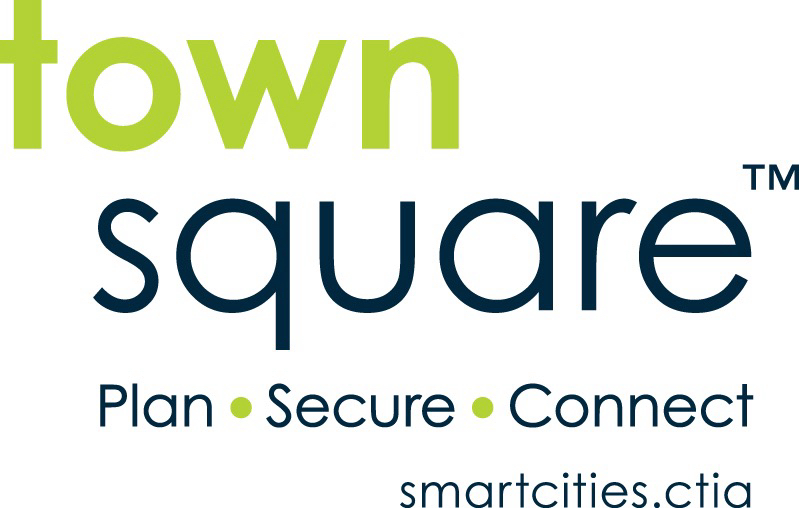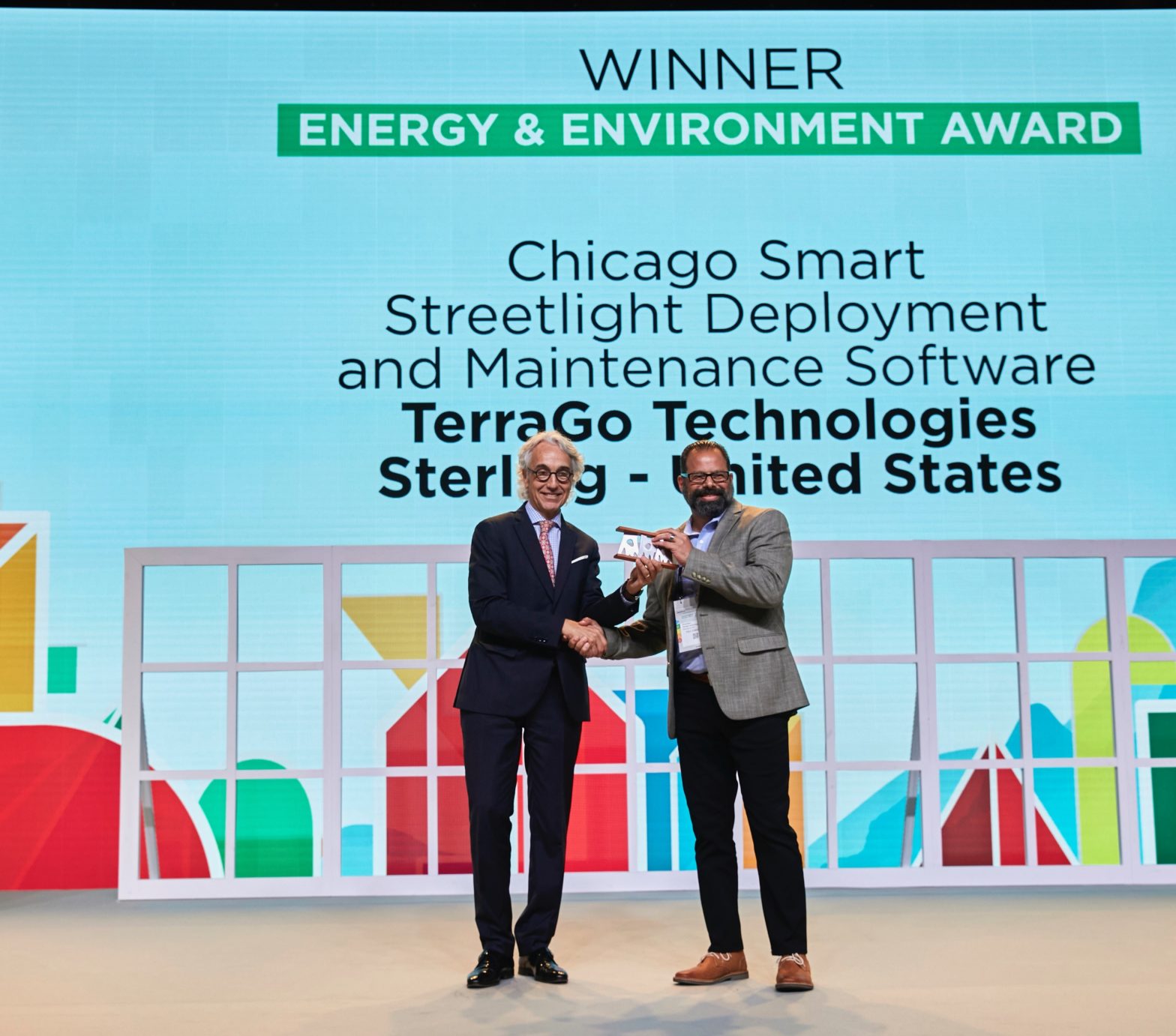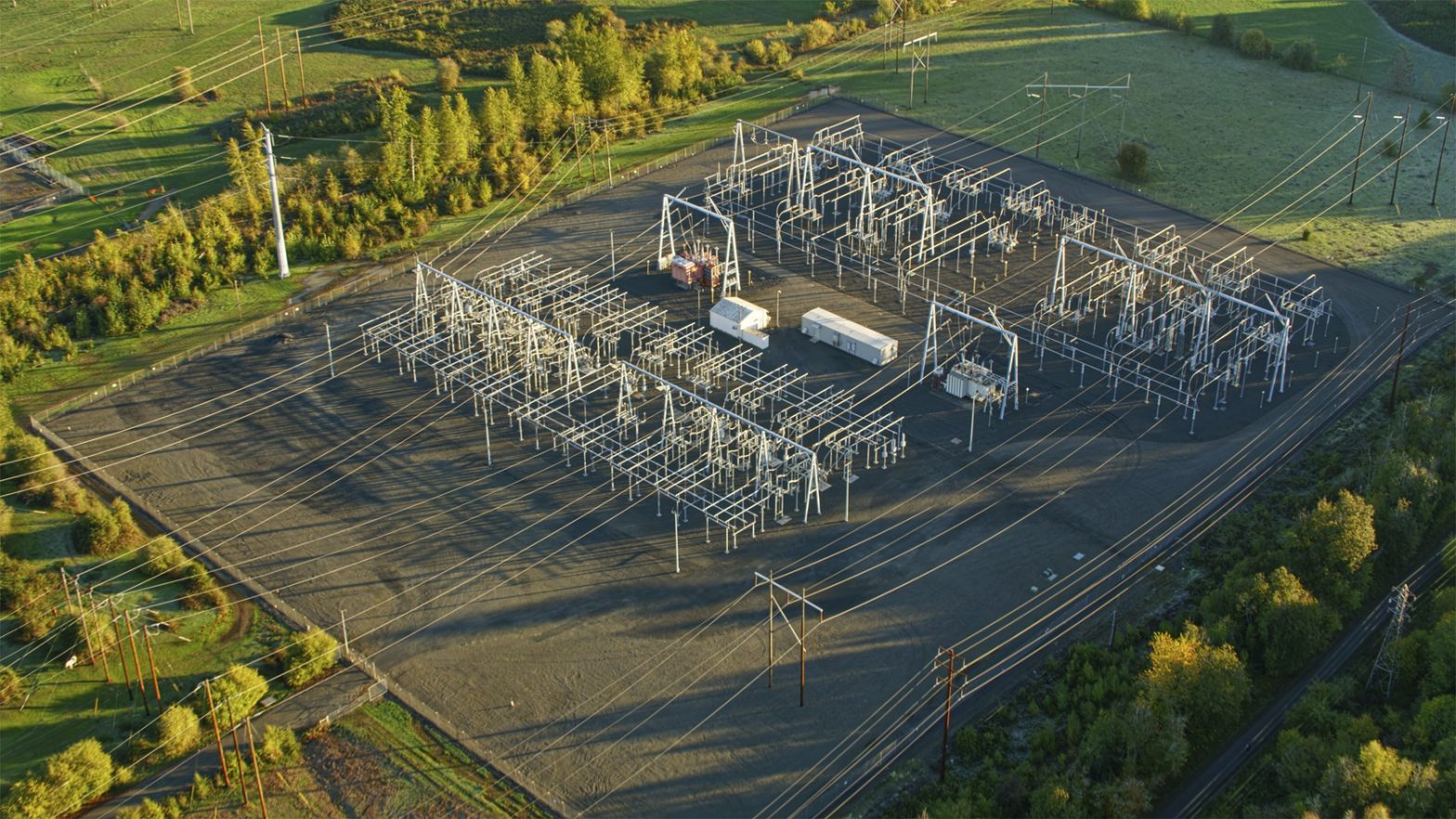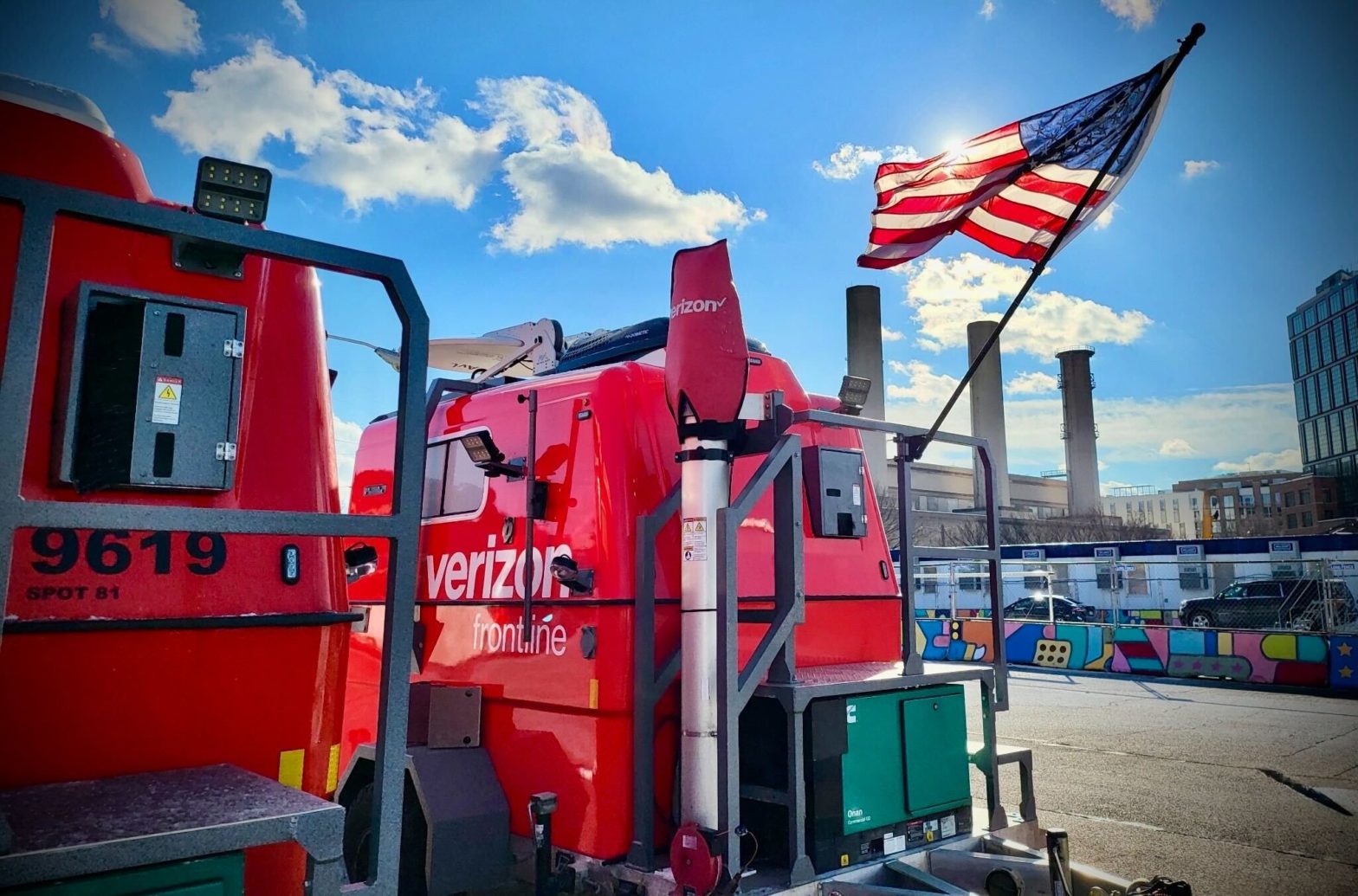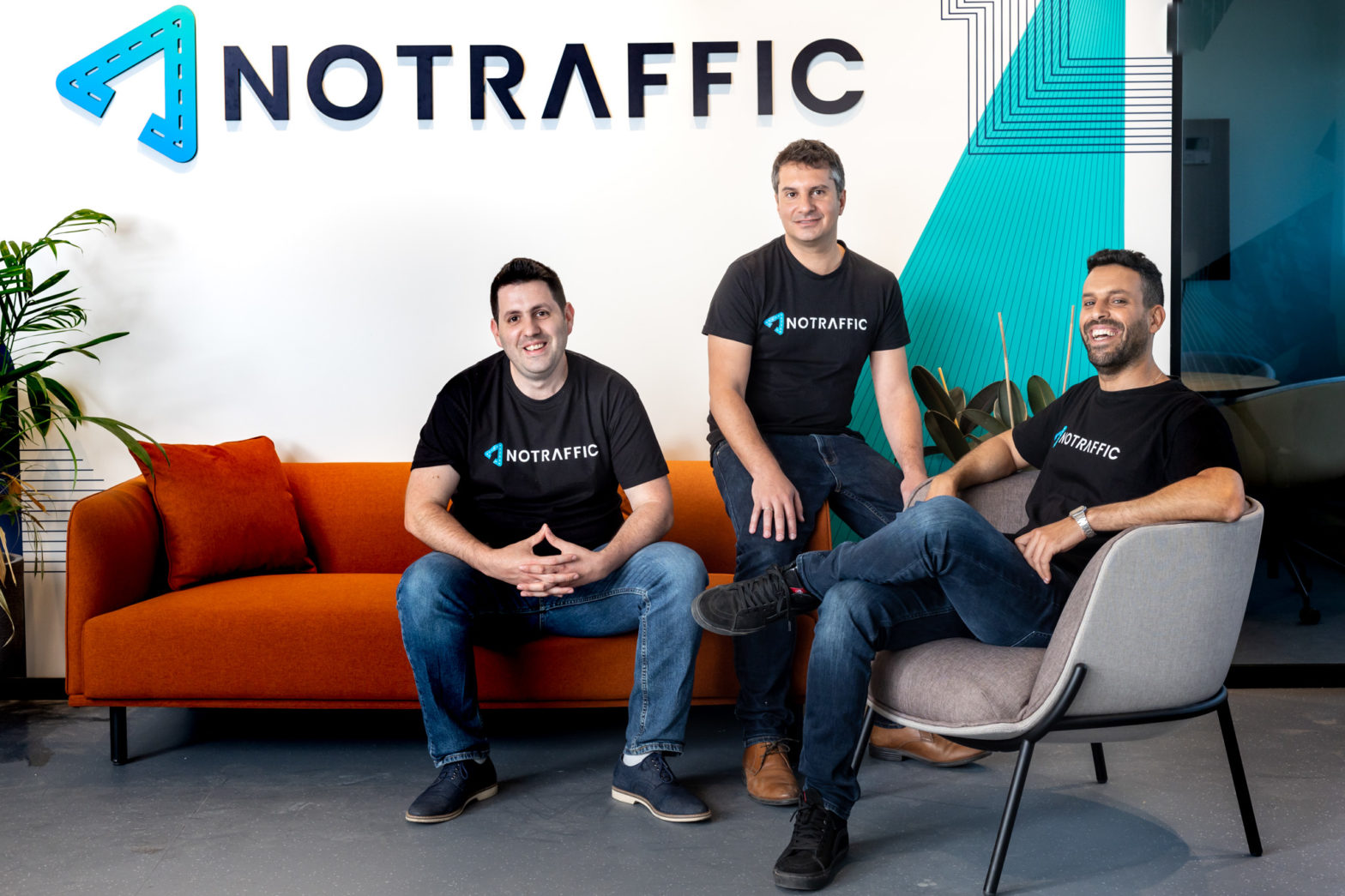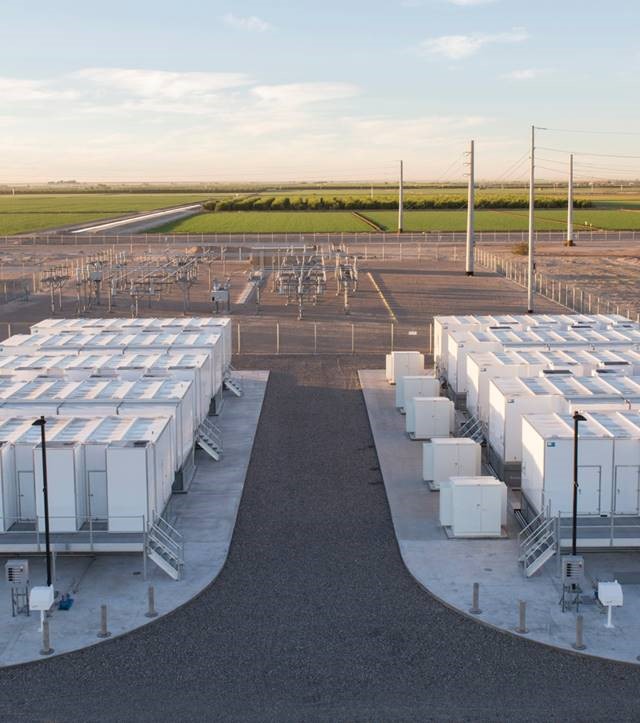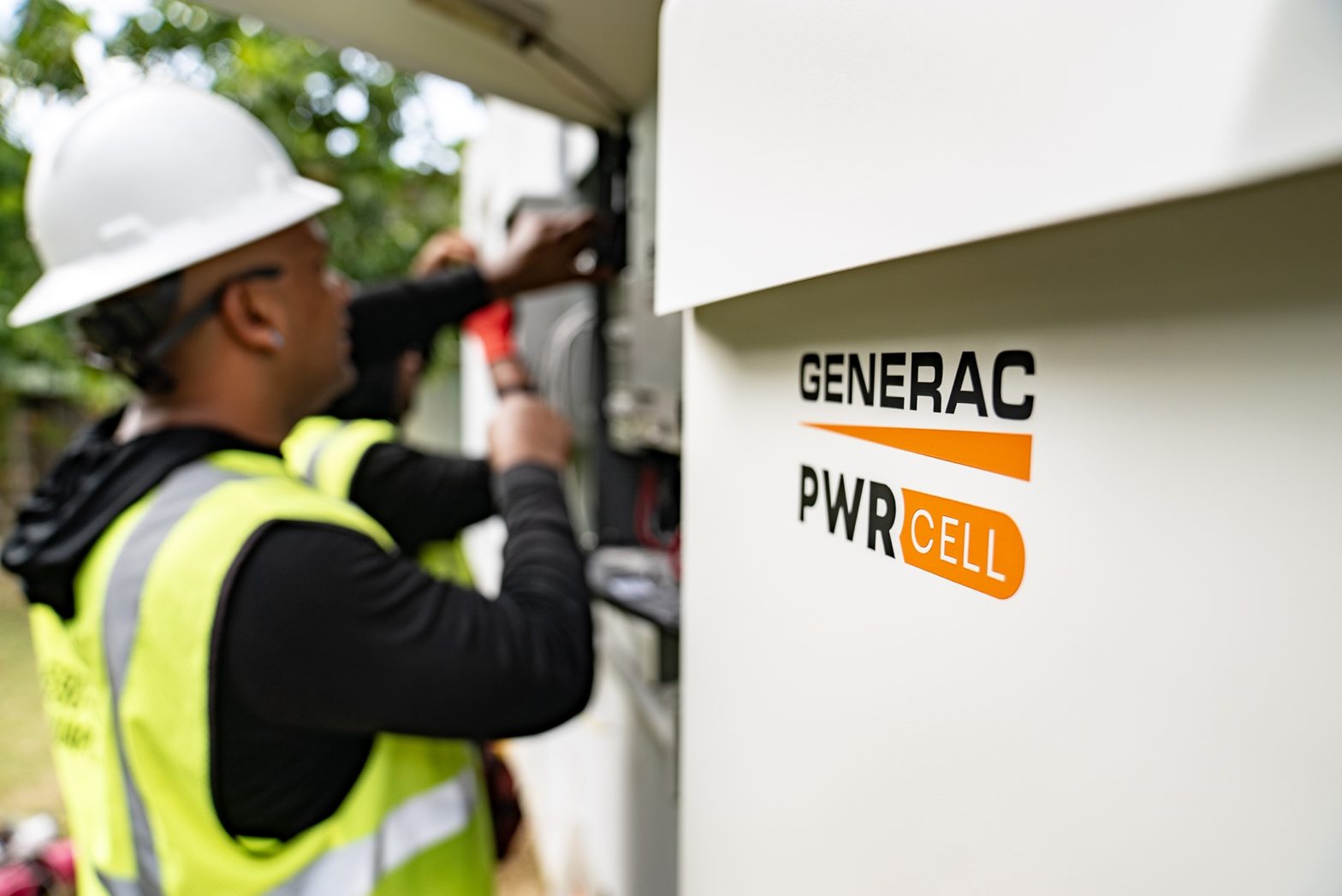
Photo: Generac
Backup power, connectivity, and data unite for next-gen utility reliability
28 February 2025
Generac made its name in portable generators. They fill in for the power grid in rural and vulnerable areas, provide critical backup during storms and natural disasters, and serve as supplemental energy sources for cell towers, utility, and other essential facilities.
A series of strategic acquisitions has positioned the company for its next chapter: total energy solutions. Generac’s making the transition from stand-alone generators to integrated micro and nano-grids. And integrated grids bring new components into the equation, including connected IoT sensors, advanced control systems, batteries, and wireless networks.
Anne Hoskins has had a front-row seat during this evolution, having worked in telecom, solar energy, utilities, and on the regulator side. She is now Generac’s senior vice president for policy and market development, and here she talks about Generac’s future across three new projects.
Leveraging local connections to power an island
Extreme weather repeatedly pummels Puerto Rico’s increasingly fragile power grid. In 2017, Hurricanes Irma and Maria left some residents without electricity for almost a year. Five years later, Hurricane Fiona knocked out 100 percent of the grid for up to four weeks in certain parts of the island and sometimes the island loses power even without a storm – 90 percent of the island lost power on 12/31/2024.
Distributed sources of power, from portable generators to residential solar systems, offer tremendous potential to help, especially when connected to advanced grid solutions. With IoT sensors collecting operational data, which wireless networks transmit to a control centre, communities can both deploy backup sources of power and monitor these assets for reliability, safety, and efficiency, which is particularly critical for people and businesses in Puerto Rico’s remote mountain areas.
“Distributed energy solutions make a lot of sense here,” says Hoskins.
Generac has maintained a presence in Puerto Rico for years with its portable generators. In 2024, the company expanded its support with an innovative Department of Energy (DOE) grant award.
Since August, the company has installed residential battery storage systems and Palmetto its partner solar panels for low income households as part of the US$1 billion Puerto Rico Energy Resilience Fund’s Programa Acceso Solar (Solar Access Program). The program helps to build energy resilience in a way that adapts to the island’s unique characteristics and challenges.
To bring their solutions to life Generac is working with local partners FR-BLDM, Juapi EnergyHome Power, and others to install solar panels, batteries and thermostats, financing provider Palmetto to help facilitate homeowners’ transitions, and two nonprofits—PathStone and the Interstate Renewable Energy Council.
Every aspect of the program aims to build resilience and dependability into the solution, from long-term contracts for power purchase agreements to warrantees for equipment maintenance and repairs. “Residents get the comfort of knowing that systems will be taken care of,” Hoskins explains.
She praises the collaborative nature of the program and its emphasis on community involvement. “The DOE moved quickly and did so in a way that recognises the challenges and remains sensitive to what the residents need.”
Connecting the dots to manage demand
Thousands of miles north in Massachusetts, reliable power in the winter can be a matter of life and death. Electric heat pumps offer a safe, sustainable power source—until everyone decides to switch them on at once.
Smart timing and demand management mitigate such surges in the system. Information on power usage travels over wireless networks from household heat pumps to centralised controls, giving municipalities and utilities the ability to manage the grid and make adjustments in real time.
This is where Generac’s connected solutions come in. Supported by a US$50 million grant as part of the federal Grid Resilience and Innovation Partnership (GRIP), the company will be installing its batteries, smart thermostats, and home energy solutions across the state, to optimise the use of electric heat pumps and improve power reliability.
“We want to advance electrification in a way that’s going to be positive for the grid and won’t create additional problems and constraints,” Hoskins says.
The company will be leveraging information and local connections for long-term improvements as well. Generac is working with the Franhofer Institute for Solar Energy Systems to collect and analyse data from the initiative.
Keeping water flowing when the heat is on
In another GRIP grant project, Generac is working with the California Water Association to install connected systems for battery storage at water utilities throughout the state.
When extreme heat, wildfires, and other stressors strain the electric grid, these microgrids, leveraging IoT data over wireless networks, strengthen utilities’ ability to deliver uninterrupted water and wastewater services.
Under the current system, water utilities might find out too late if a planned outage or extreme event threatens to disrupt the electric power their operations rely on. Generac’s connected solutions will automate and accelerate notifications and facilitate conversions to backup energy sources.
The result is data-powered preparation and resilience, Hoskins says. “We’ll be able to pull in and store electricity off peak, save money, and prevent emergency calls.”
“In California, where wildfires are more frequent and severe than ever, this need is urgent,” she says. “Through improving the reliability of these water systems, we’re improving quality of life.”
Looking at the initiatives, Hoskins notes that the Puerto Rico, Massachusetts, and California engagements are, “Three different pathways to provide much-needed resiliency. And they are great examples of using federal and state funding to utilise new technology in a targeted way and help those who may otherwise be last in line to get these benefits.”


